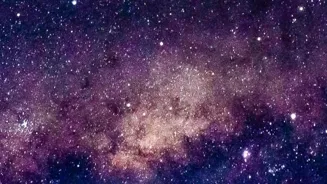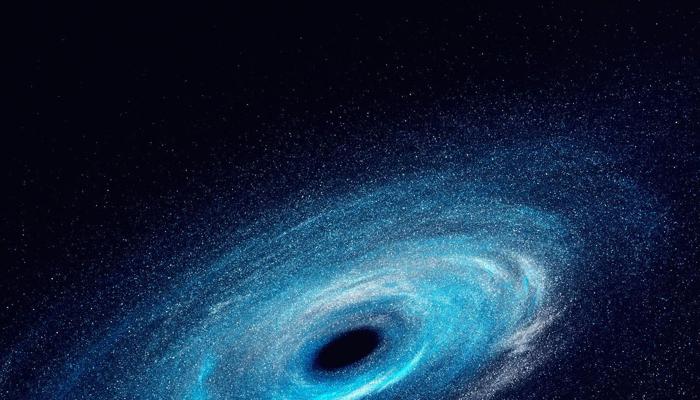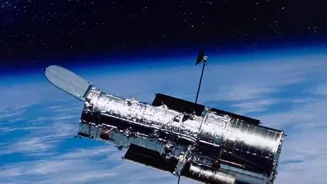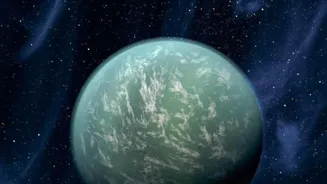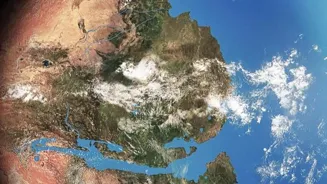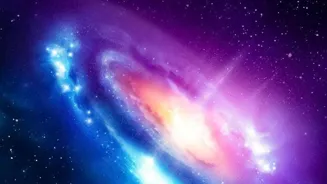Unveil the drama of stars! From birth to death, stars tell a cosmic tale of epic proportions. Dive into the celestial journey and discover the secrets of stellar evolution. Read more to unravel the mysteries
of the universe
Have you ever looked up at the night sky, mesmerized by the twinkling stars? Each of those distant suns has a story to tell, a life cycle as dramatic and awe-inspiring as any Bollywood blockbuster.
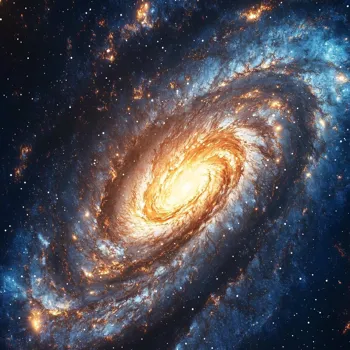
From their humble beginnings in vast clouds of gas and dust to their explosive finales, stars experience a cosmic journey spanning billions of years.
Understanding this life cycle isn't just about astrophysics; it's about grasping our place in the universe and appreciating the forces that shaped everything around us. Let's embark on this celestial adventure and unravel the mysteries of stellar evolution, step by step.
We'll avoid the technical jargon and focus on painting a clear picture of how these celestial giants are born, live, and eventually, fade away or explode in glorious fashion. Think of it as a cosmic soap opera, filled with drama, suspense, and breathtaking transformations.
A protostar forms in a nebula, growing into a star
It all begins in a nebula, a vast cloud of hydrogen, helium, and tiny dust particles floating in the emptiness of space. These nebulae are truly gigantic, often spanning hundreds of light-years. Within these clouds, gravity starts to work its magic.
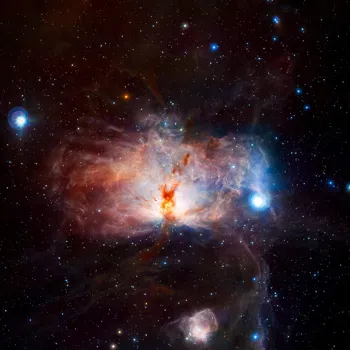
Denser regions begin to pull in surrounding material, slowly accumulating more and more mass. As the cloud collapses, its core heats up, spinning faster and faster, flattening into a rotating disk. Imagine a cosmic ballet where gravity is the choreographer, guiding the dance of gas and dust.
This swirling mass at the center is called a protostar, the baby of our star story. It's not yet a proper star because it hasn't ignited nuclear fusion, the process that powers stars and gives them their brilliance.
Much like a plant growing, Protostar slowly gains material becoming a full grown star by consuming the nebular mass around it.
Protostar ignites nuclear fusion, becomes main sequence star
The protostar continues to grow, gathering more and more material from its surrounding disk. As its core compresses and heats up further, something remarkable happens. When it reaches a temperature of about 10 million degrees Celsius, nuclear fusion ignites. This is the moment of stellar birth!
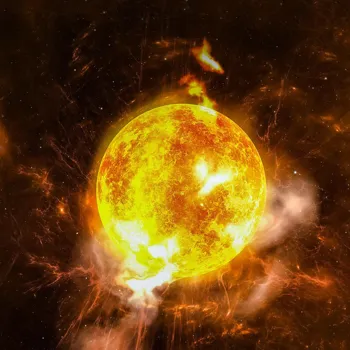
Hydrogen atoms in the core fuse together to form helium, releasing an enormous amount of energy in the process. This energy creates outward pressure that counteracts the inward pull of gravity, stabilizing the star.
It's like lighting a nuclear furnace that will burn steadily for potentially billions of years. Now, the protostar has officially become a main sequence star, the adult phase of a star's life. The size and temperature of a main sequence star depend on its mass.
More massive stars burn hotter and brighter, but they also have shorter lifespans. Smaller stars burn cooler and dimmer, but they can live for trillions of years.
Main sequence star transitions to red giant, expanding and cooling
During its main sequence phase, a star is in its prime. It shines steadily, converting hydrogen into helium in its core. Our own Sun is a main sequence star, and it has been shining for about 4.5 billion years. It will continue to shine for another 5 billion years.
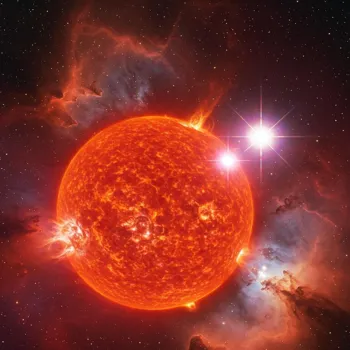
As the star burns through its hydrogen fuel, changes begin to occur in its core. Eventually, the hydrogen in the core is exhausted. At this point, the core contracts, and the outer layers of the star expand and cool. The star becomes a red giant. The expansion of a red giant is truly vast.
If our Sun were to become a red giant, it would engulf Mercury and Venus, and possibly even Earth. It is here that helium burning starts where helium atoms fuse into larger atoms of carbon and oxygen. This process lasts till it runs out of material for fusion.
Star's life cycle ends in white dwarf or black dwarf based on mass
What happens next depends on the star's mass. For stars like our Sun, the red giant phase is followed by the shedding of its outer layers, forming a beautiful planetary nebula. The core of the star, now mostly composed of carbon and oxygen, is left behind as a white dwarf.
A white dwarf is incredibly dense, packing the mass of the Sun into the size of the Earth. It slowly cools and fades over billions of years, eventually becoming a black dwarf, a cold, dark cinder in space. Now, the red giant has completely converted to a white dwarf.
As and when the temperature of the white dwarf decreases, it transforms into Black dwarf. But for massive stars, stars much larger than our Sun, the ending is far more dramatic.
Massive stars explode as supernovae, forming neutron stars or black holes, shaping the cosmos
Massive stars, after exhausting their hydrogen fuel, also become red giants, or in their case, red supergiants. But their cores are so hot and dense that they can fuse heavier elements, like carbon, oxygen, silicon, and eventually, iron. Iron is the end of the line.
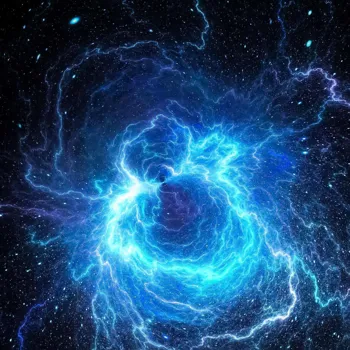
Fusing iron does not release energy; it absorbs it. When the core of a massive star is composed entirely of iron, it collapses catastrophically in a fraction of a second. This implosion triggers a supernova, an explosion so powerful that it can outshine an entire galaxy.
During a supernova, the outer layers of the star are blasted into space, enriching the surrounding interstellar medium with heavy elements that will eventually form new stars and planets.
The core of the star is crushed into either a neutron star, an incredibly dense object composed almost entirely of neutrons, or if the star is massive enough, a black hole, an object with gravity so strong that nothing, not even light, can escape from it.
The cycle of stellar life and death is complete, leaving behind remnants that will shape the future of the cosmos.
AI Generated Content. Glance/InMobi shall have no liability for the content
